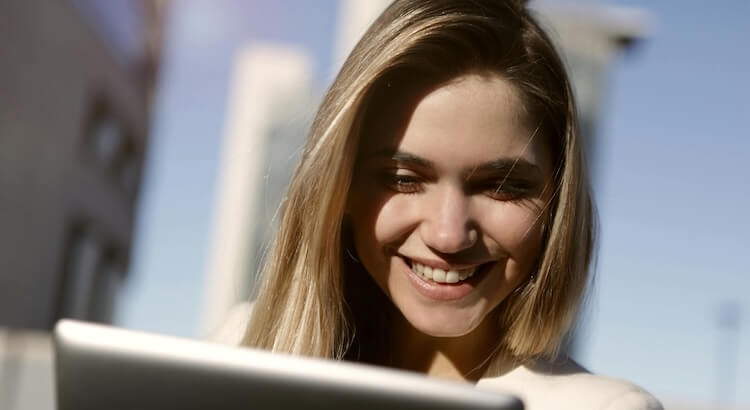Documentary filmmaking relies on capturing real stories through interviews, conversations, and observations. Hours of audio and video footage form the backbone of every project. However, sorting through this content can overwhelm even experienced filmmakers. That’s where transcription services step in, turning recordings into easy-to-use text. In this guide, we’ll explore how audio transcription is transforming documentary workflows, research, and storytelling—including options for subtitles, captions, and translation to broaden a film’s impact.
The Importance of Transcription in Documentary Filmmaking
Documentary teams gather a massive amount of spoken material. To find the best moments, filmmakers need a way to:
- Search topics and keywords quickly
- Identify key quotes and storylines
- Share notes with team members
Audio and video recordings are great for authenticity, but they aren’t searchable without being turned into text. A professional transcription service helps bridge this gap by converting speech to readable, scannable documents.
Making Research Efficient
The early research phase is one of the most time-consuming parts of making a documentary. Interviews and field recordings pile up fast. Manually listening to everything for a second or third time drains valuable time.
- Transcribed interviews let teams scan text for important details.
- Quotes can be copied directly into scripts and storyboards.
- Finding specific topics is much faster when you can search by keyword.
According to a 2023 industry survey, production teams using searchable transcripts reduced their research time by over 40% (2023).
Capturing Every Detail
Even careful listeners can miss important moments when reviewing lots of audio. Transcripts ensure nothing falls through the cracks. Human transcription catches details that automated tools might miss, like crosstalk or accents.
Streamlining Post-Production with Transcription
After filming, the editing room shapes the raw content into the final story. Editors, directors, and producers all need quick access to material for:
- Arranging scenes in order
- Matching sound to video
- Ensuring that dialogue matches story beats
Having a text-based version of every recording speeds up this process. Editors can highlight or annotate transcripts, mark important time stamps, and easily jump between sections of interest.
Enhancing Accessibility: Captions and Subtitles
Accessibility is not just good practice—it’s often required by law or distributor guidelines. Adding closed captions and subtitles makes documentaries clear for:
- Viewers who are deaf or hard of hearing
- Audiences watching with sound off (such as on mobile or in noisy settings)
- International viewers needing translations
Transcripts are the foundation for closed captions and subtitling services. Many film teams also rely on text translation and audio translation to reach global audiences.
One study found that 80% of viewers are more likely to watch videos that include captions (2022).
Faster, Smarter Editing
Modern automated transcription and AI transcription subscriptions further speed things up, delivering drafts in minutes rather than days. Editors then use proofreading services to ensure complete accuracy.
Boosting Collaboration Among Filmmaking Teams
Documentaries are rarely solo projects. They often involve writers, directors, editors, translators, and other specialists. When everyone can access the same transcripts, teamwork becomes seamless.
- Writers can suggest script changes directly within the text.
- Editors spot potential storylines or recurring themes.
- Translators and proofreaders can work in parallel, saving time.
Cloud-based transcripts let team members collaborate from anywhere, even across continents.
Ensuring Everyone Has a Voice
Transcripts “democratize” the storytelling process. Ideas don’t get stuck in someone’s private notes or memory. Instead, every team member can comment and contribute to shaping the story.
The Future: AI & Integrated Workflows
Artificial intelligence now plays a big role in transcription. Today’s AI-driven tools:
- Handle multiple speakers and strong accents
- Filter background noise
- Continuously improve with new language models
These advances will further reduce waiting times and costs. Integration with editing software means you’ll soon be able to order transcript snippets, subtitles, and translations directly from your video editor or content management system.
As of 2024, the global video transcription market is expected to grow by 6.3% per year (2024 projection).
Transcription Solutions for Every Need
A range of transcription services fit various budgets and turnaround times, including:
- Human-based transcription for in-depth accuracy
- AI and automated transcription for speed
- Flexible pricing for large projects
Direct ordering for transcription and captioning streamlines production on-demand.
Conclusion
Transcription services have become essential in documentary filmmaking. They help filmmakers organize research, speed up editing, improve accessibility, and promote collaboration. Advances in AI and seamless integration with other tools will make these benefits even more powerful and affordable in the future. If you want a trusted partner for transcription, captions, subtitles, or translation, GoTranscript offers proven solutions to support every step of the documentary filmmaking process.



















 Verified Order
Verified Order